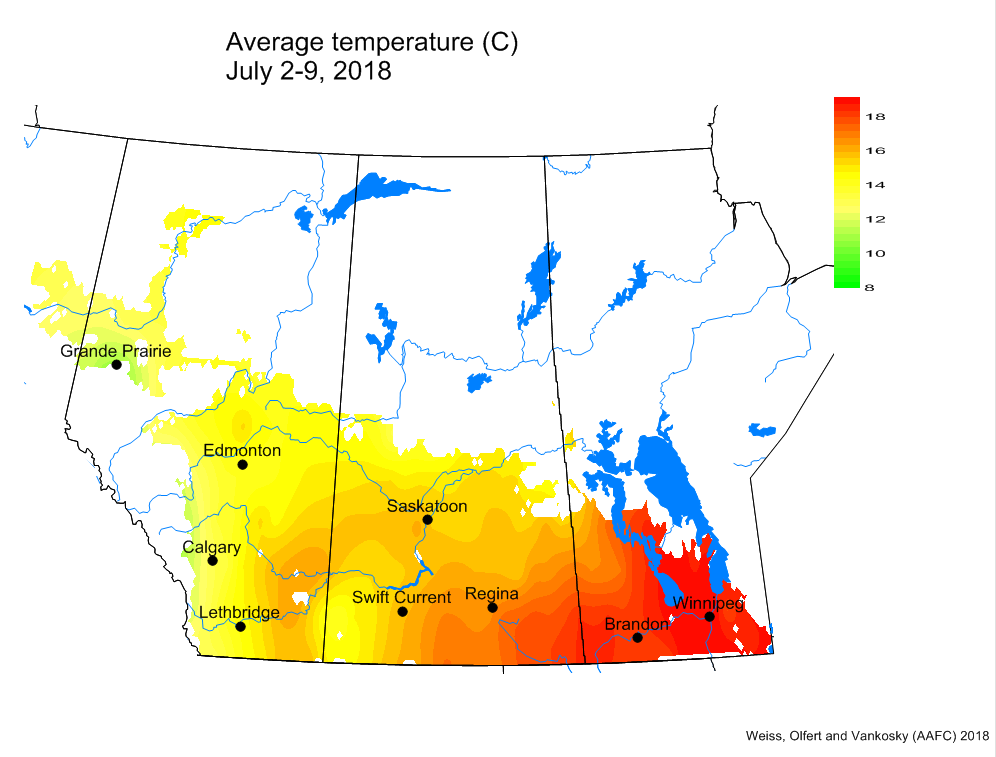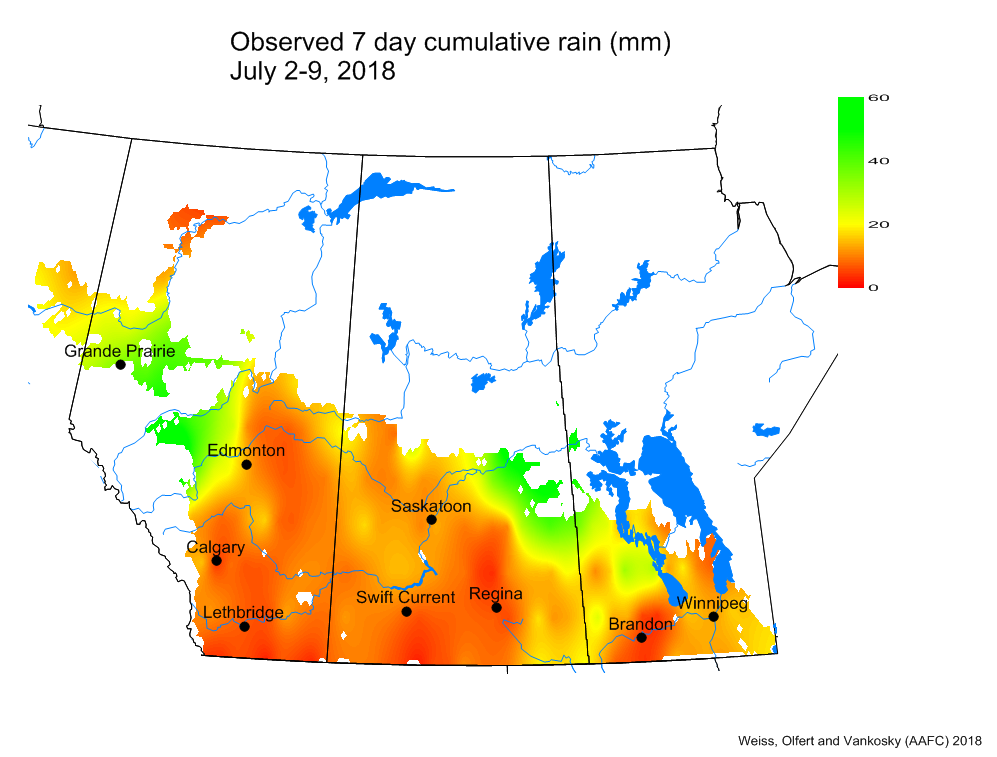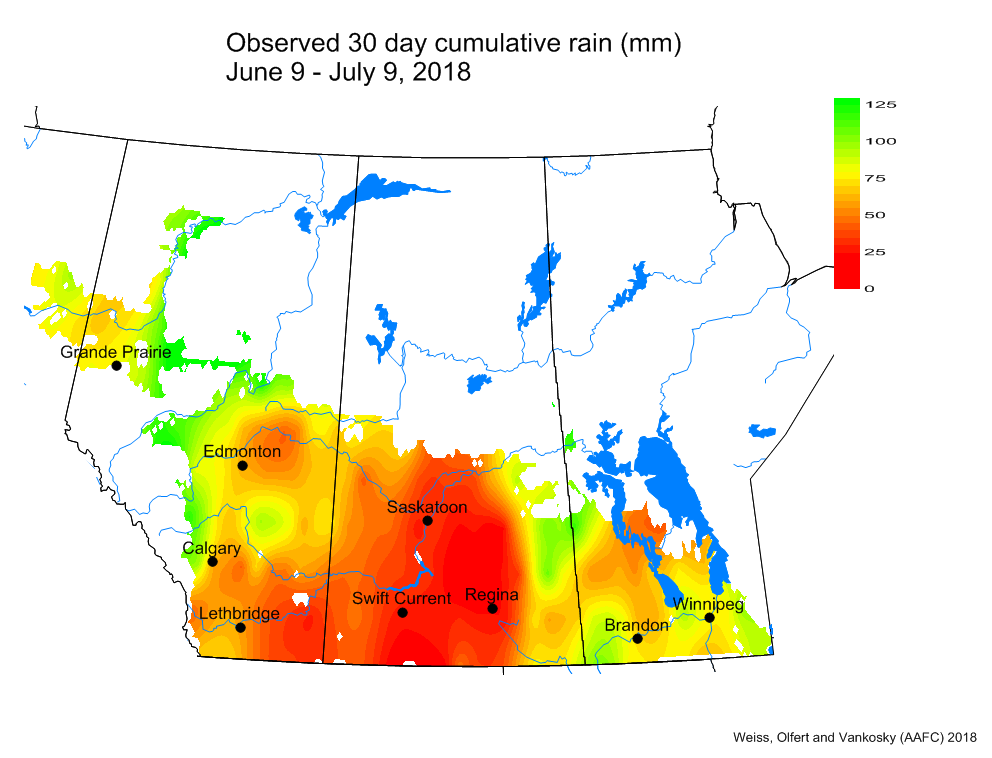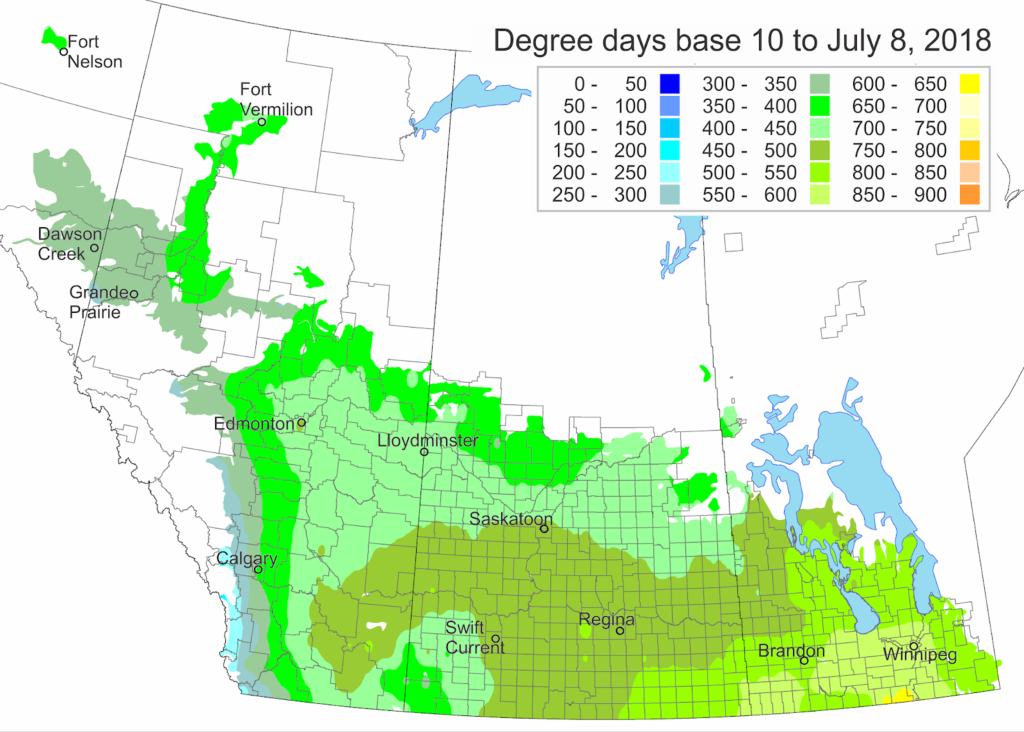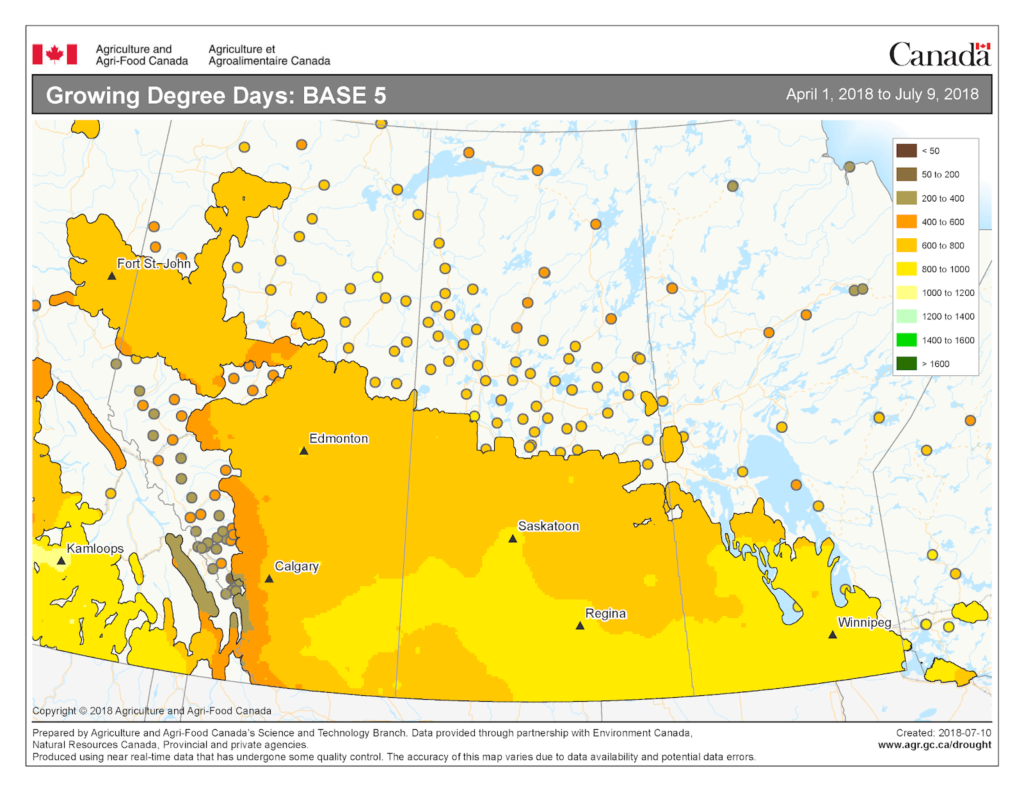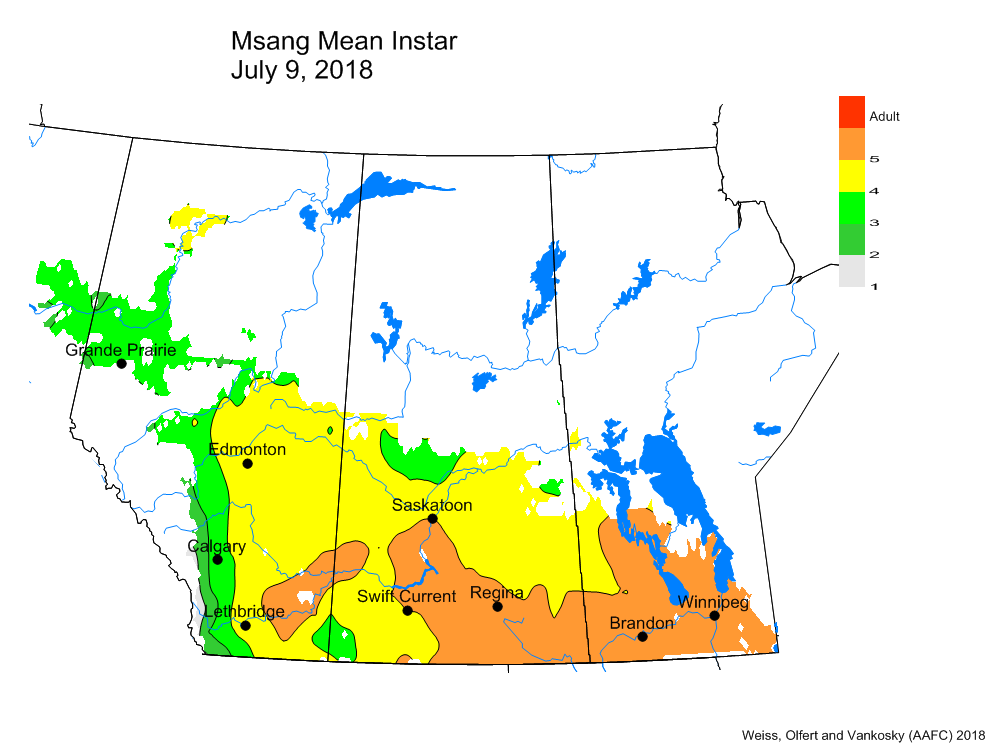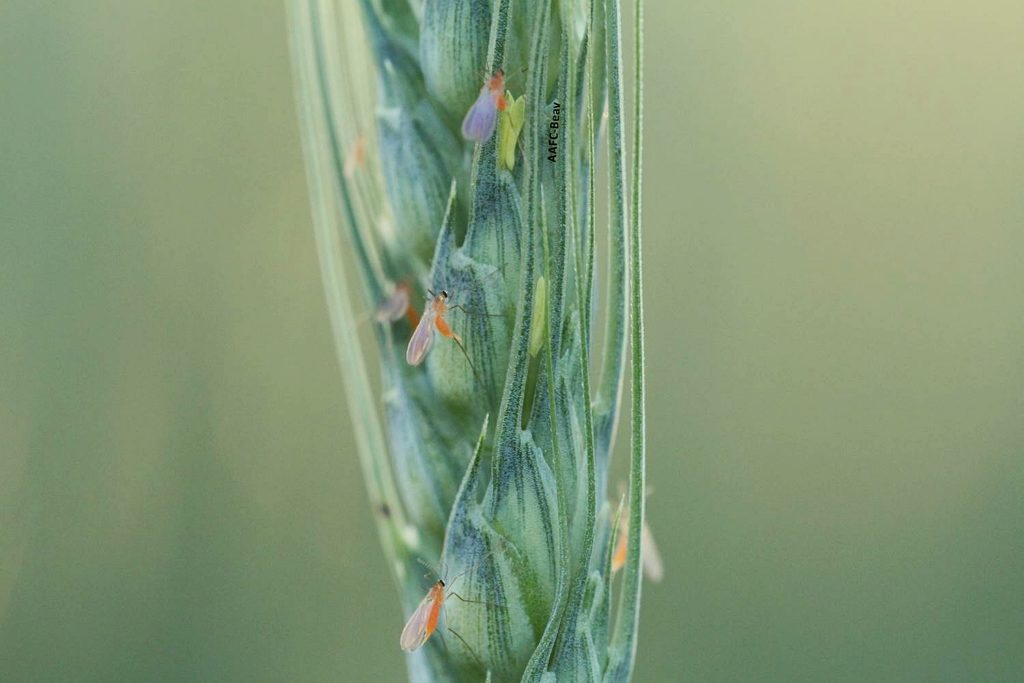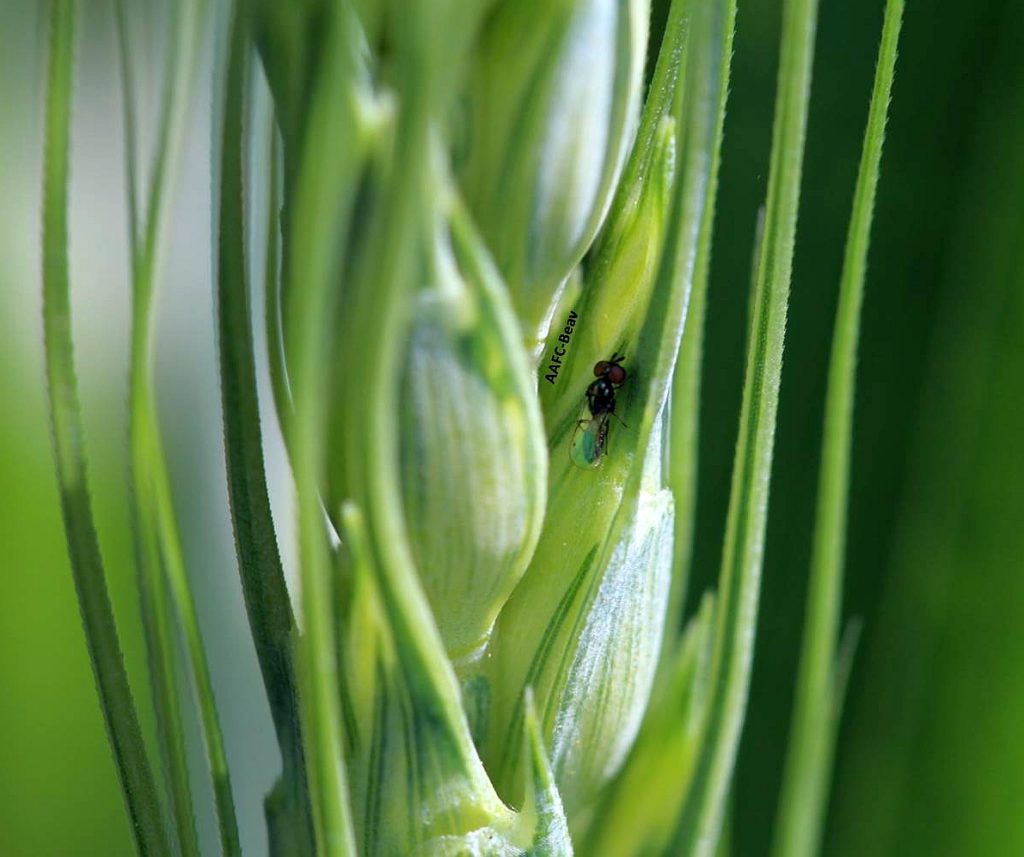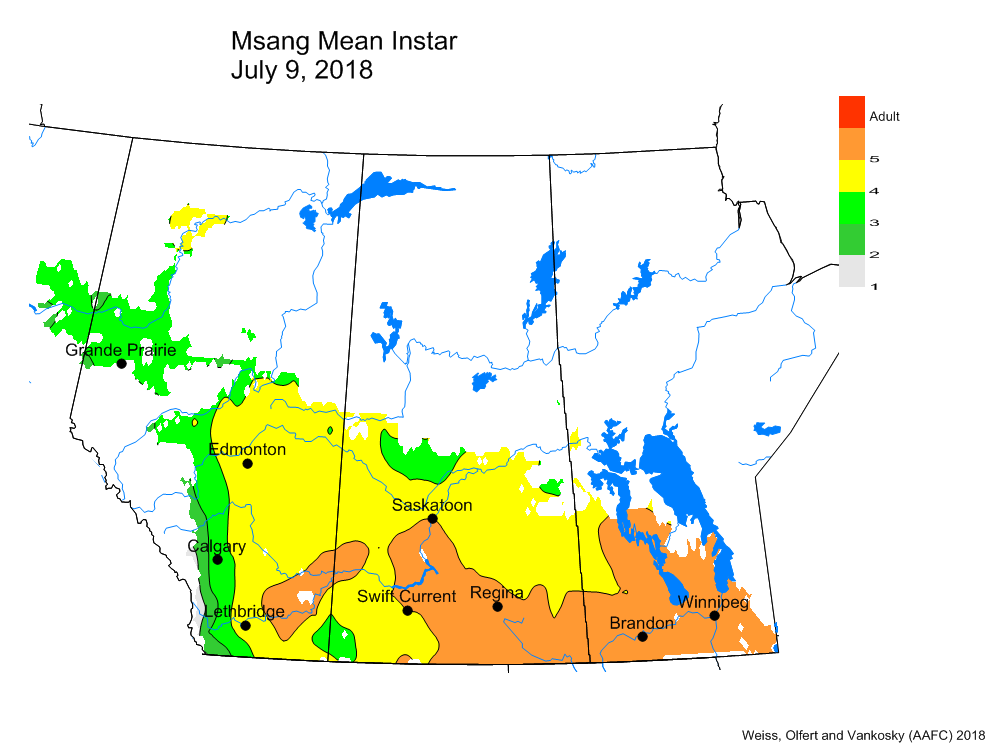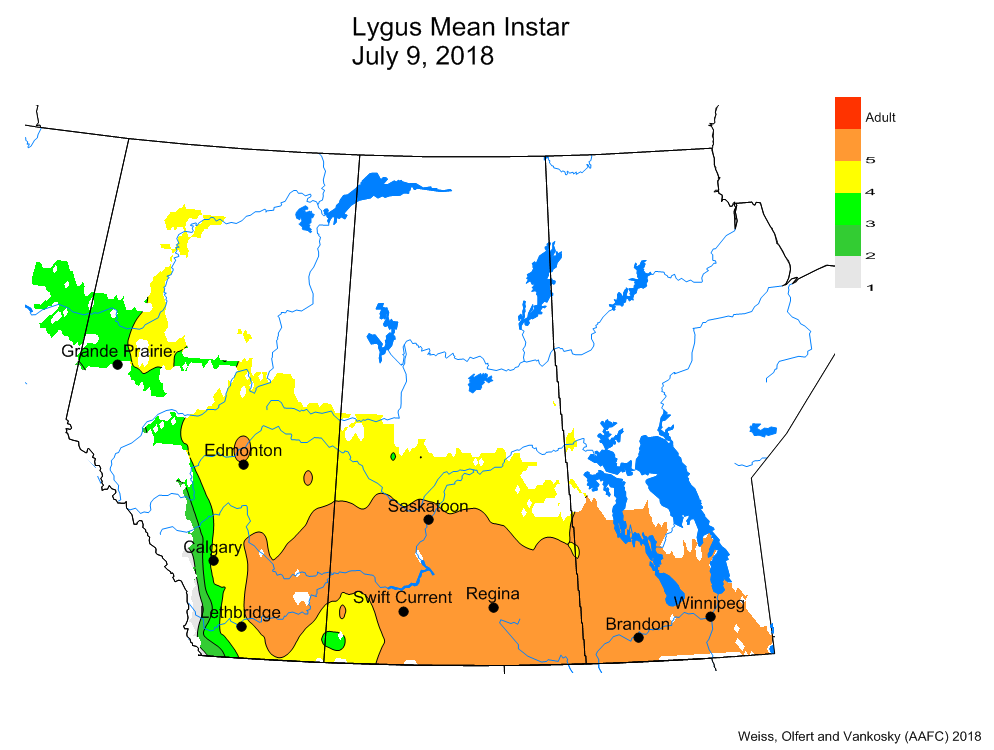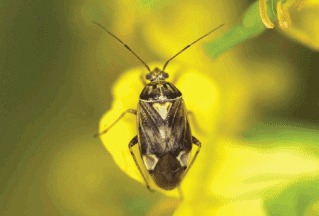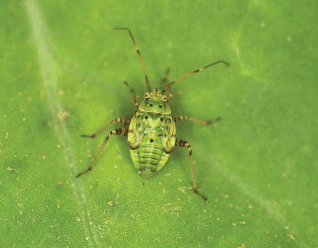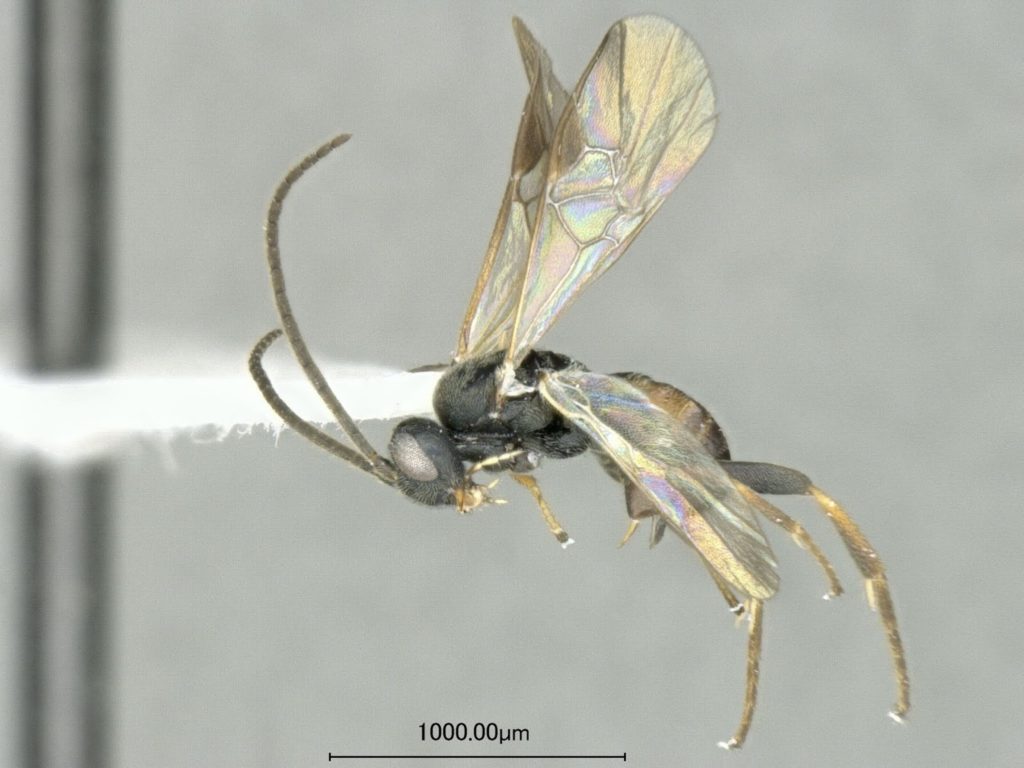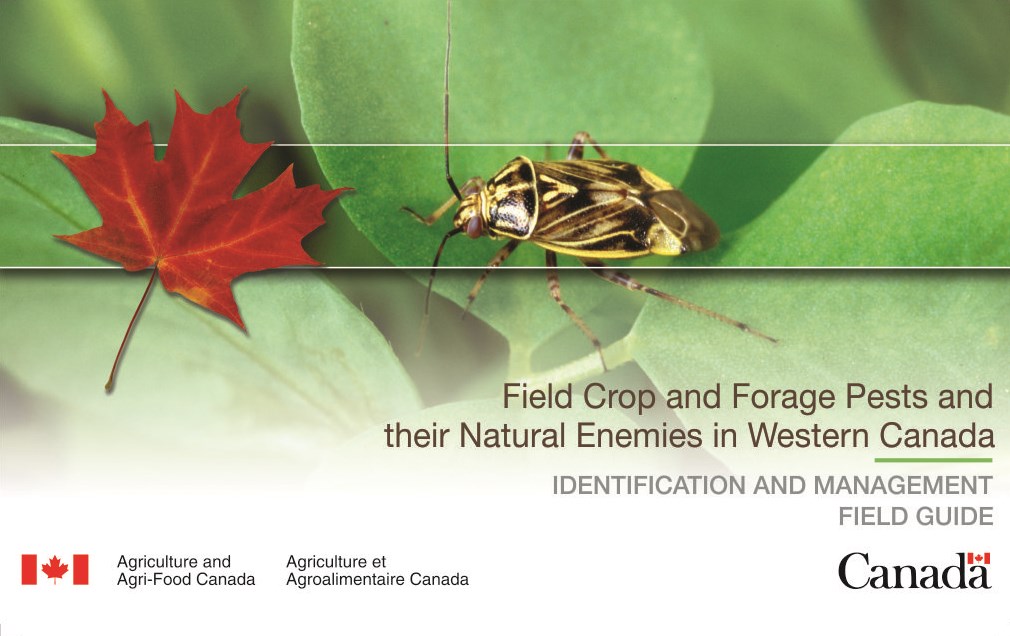Populations of pea aphids, Acyrthosiphon pisum Harris (Hemiptera: Aphididae), can be kept below the economic threshold by their natural enemies if these are present early and in sufficient numbers. Natural enemies include parasitoids, predators, and diseases that reduce pest populations.
Predators of pea aphids include ladybird beetles (adults and larvae), syrphid fly larvae, and damsel bugs. These predators catch and eat pea aphids of all ages and sizes. They are classified as generalists because they also prey on other insect species.
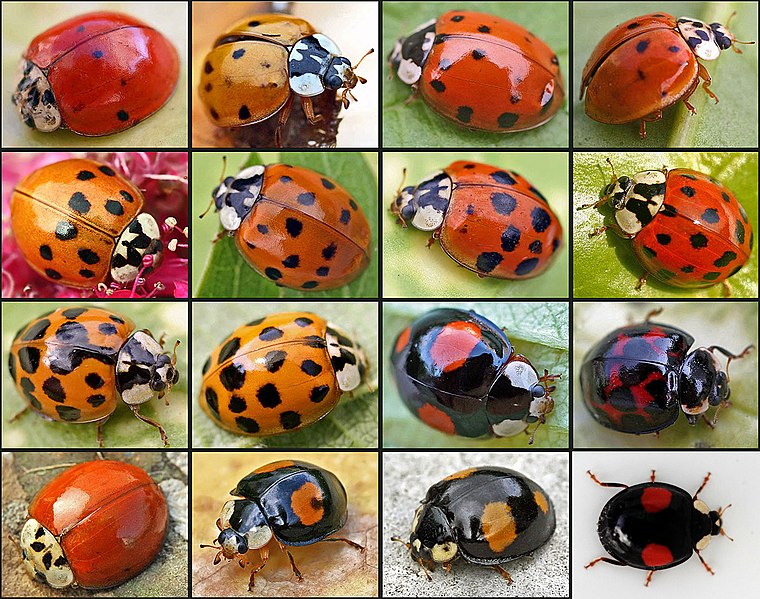
(aka multicoloured Asian ladybeetle) (Photo: ©Entomart)
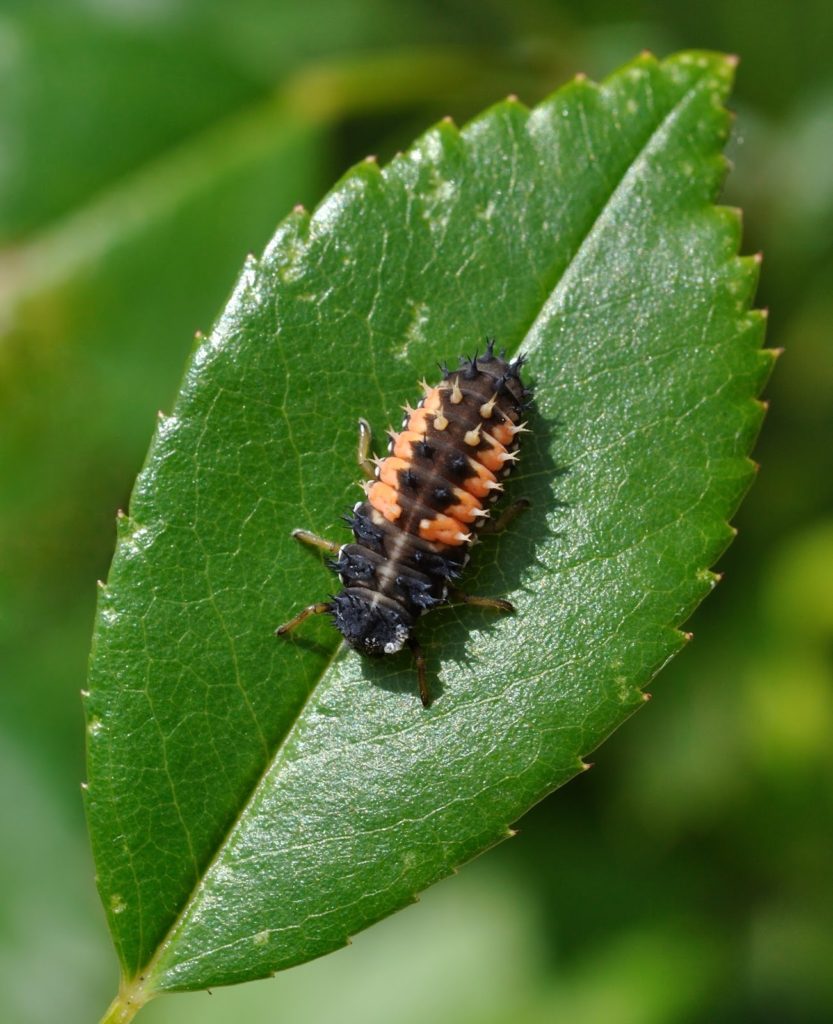
Pea aphids are attacked by several species of parasitoid, including Aphidius ervi Haliday (Hymenoptera: Aphidiidae: Aphidiinae). Female parasitoids lay individual eggs inside aphid nymphs. After hatching, the parasitoid larva consumes its host, eventually killing it. The parasitoid pupates inside the dead or mummified aphid before a new adult parasitoid emerges.
Aphid mummies look bloated and discoloured compared to healthy adult aphids. Parasitism rates can be estimated by counting the number of aphid mummies on five host plants at five locations within a field.
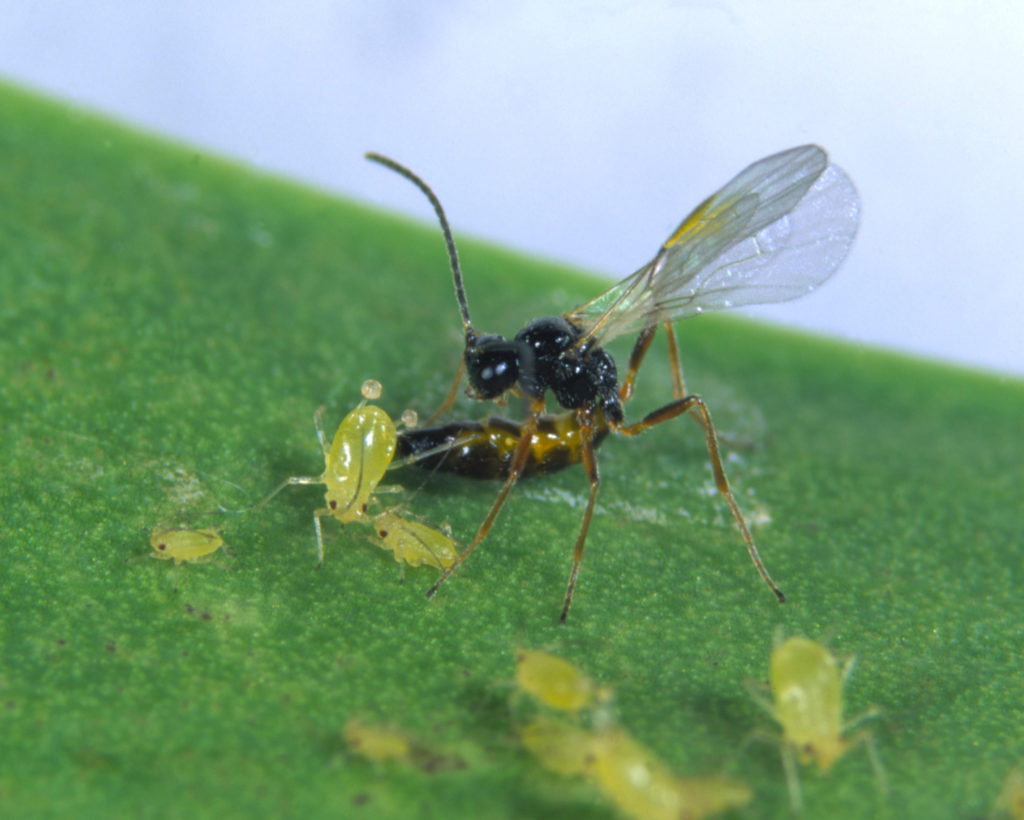
For more information about the predators and parasitoids of pea aphids, visit the Insect of the Week page or consult Field Crop and Forage Pests and their Natural Enemies in Western Canada: Identification and Management Field Guide.
To learn more about some of the natural enemies fighting pests in background for free, go to www.fieldheroes.ca or follow @FieldHeroes on Twitter.
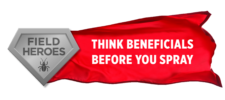
Blog post submitted by Dr. Meghan Vankosky.
Follow her at @Vanbugsky.


